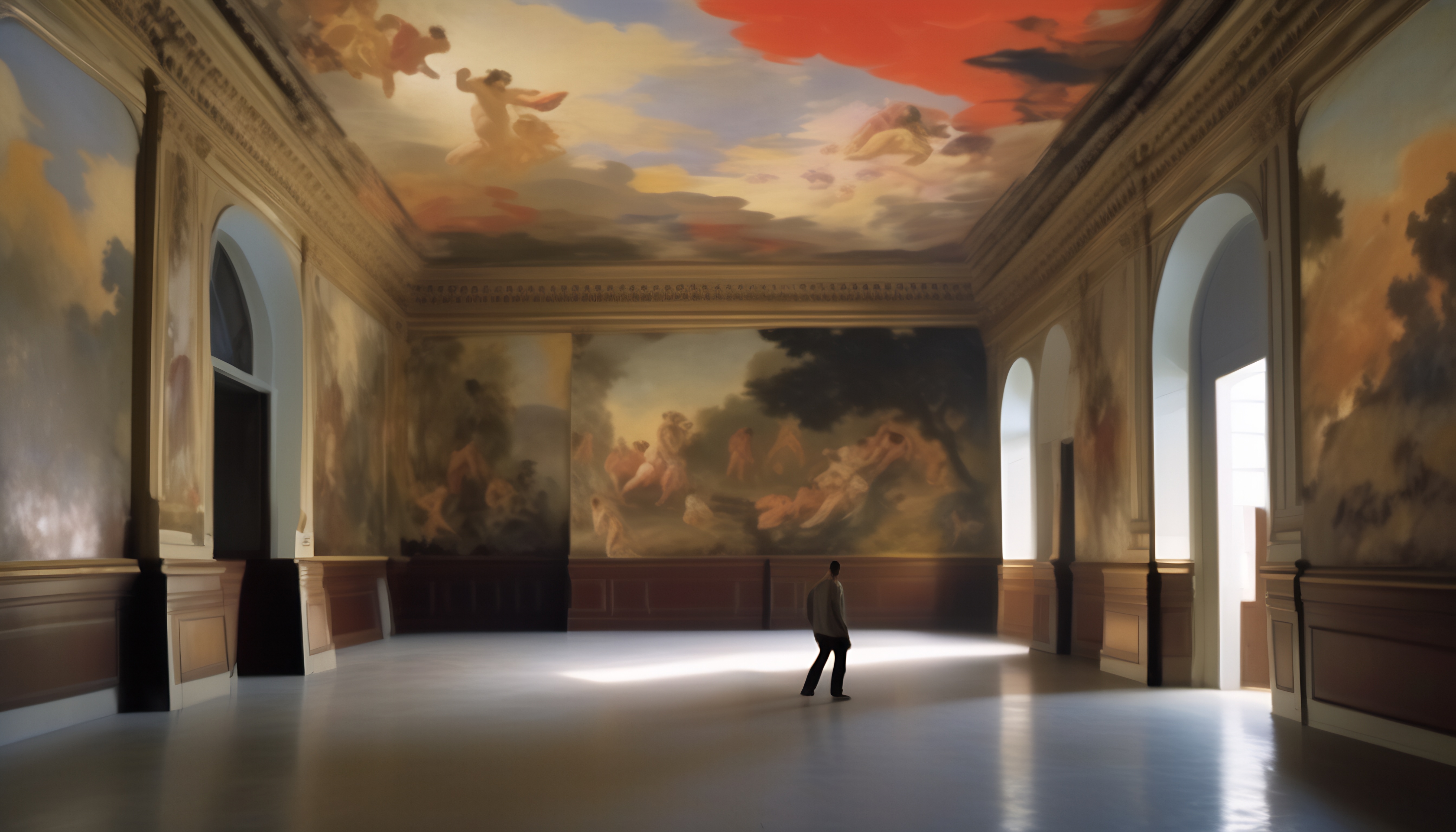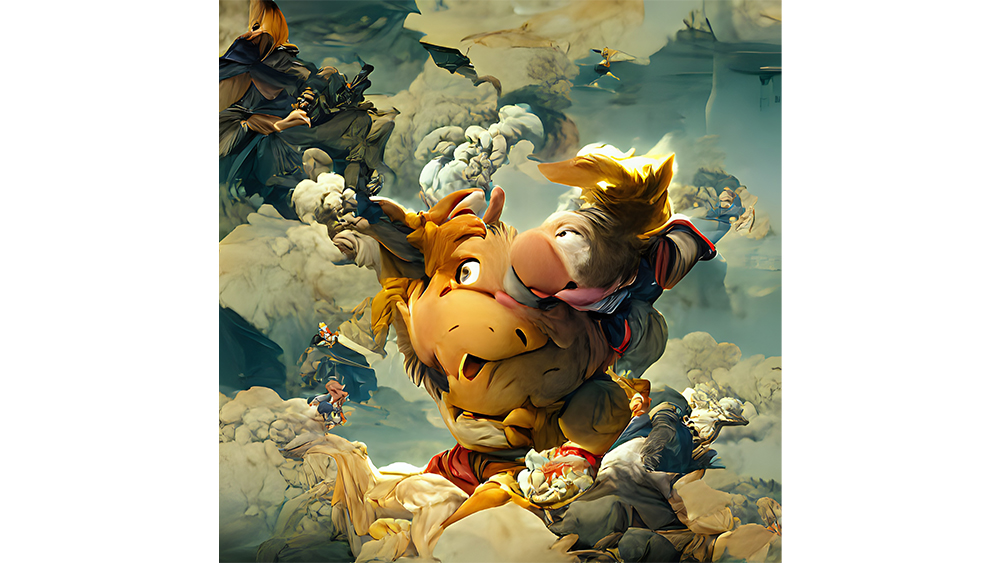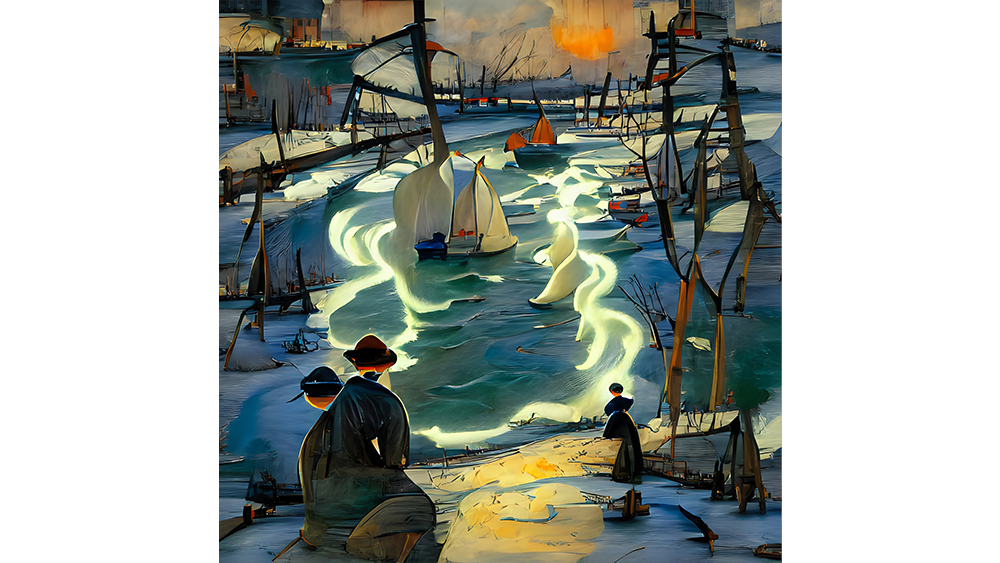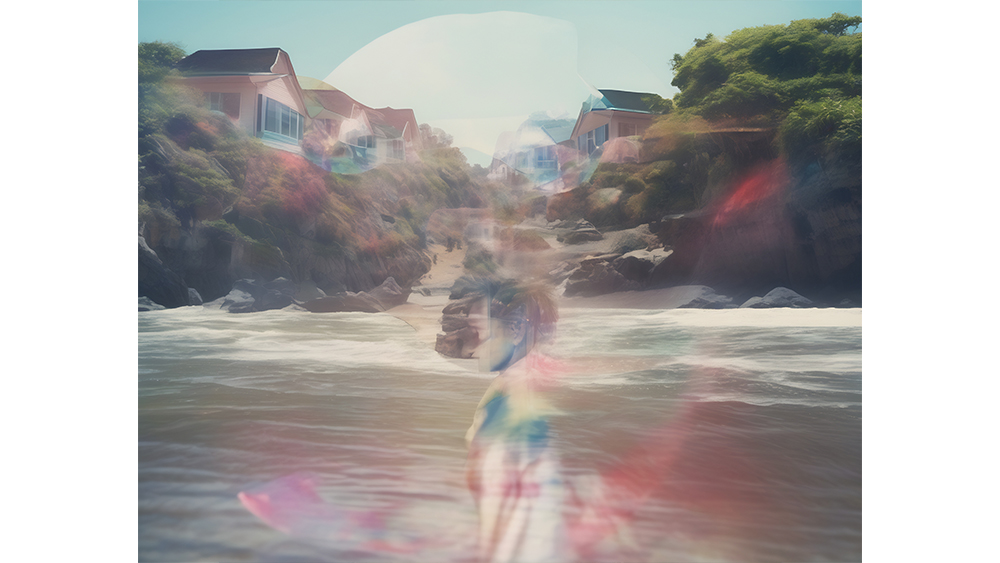
One of the assurances we're often given in responses to the fear that AI image generators could replace human artists is that there will always need to be a human involved. Generative AI needs a human creative to tell it what to do. But don't tell that to Botto, a fully autonomous 'AI artist' who just raked in $351,600 in sales at the auction house Sotheby's, setting a new milestone in the history of AI art.
The non-human artist is now responsible for in excess of $4m in art sales since it began its art career in 2021. But Botto isn't a free spirit entirely. The AI bot generates images based on its own ideas without human prompting, but a 15,000-member community called BottoDao decides which of its thousands of outputs to mint as NFTs each week, which in turn shape's the AI artist's own taste.

Botto was conceived by the German artist Mario Klingemann and software collective ElevenYellow. While Botto has only been an artist for three years, it's already been through several periods of artistic production, apparently, dubbed Genesis, Interstice, and Temporal Echoes. Pieces on sale at Sotheby's included Threshold of Reverie, pictured at the top of this article.
The exhibition was named Exorbitant Stage: Botto, a Decentralized AI Artist. Six lots were sold in the form of NFTs, with prices surpassing expectations. Since AI can't be copyrighted, the NFT part of the process is crucial. At least for the moment, it would seem that anybody can legally reproduce AI art for whatever purpose they wish, but the blockchain identification behind NFTs allows a buyer to prove that their copy of the artwork is the original one. And some people think that's worth something (see our piece on what are NFTs?)

“Three years is both a long time and almost no time at all in the scale of art history and our computational future. I think Botto’s show Exorbitant Stage will prove to be an early signal to the world outside our small corner of the internet of this entity’s true significance, which is just starting to emerge," Botto operator and co-lead Simon Hudson said.
Michael Bouhanna, Sotheby’s Head of Digital Art, said: “This exhibition, ‘Exorbitant Stage,’ not only marks a milestone in Botto’s journey but also underscores the transformative potential of AI in art. By inviting collective input from thousands, Botto challenges traditional concepts of artistic authorship and brings us closer to a future where human and machine collaboration becomes a defining force in art creation.”

The bottom fell out of the NFT art market after the initial bubble in 2022, but some artists and tech companies remain committed. AI artists like Botto could make it more relevant again, but it remains to be seen if there's sustainable demand for art created by robots or whether people are buying it because Botto is a novel first.
One of the first things you immediately notice when looking at Botto's work is how random it seems. Picasso's cubism may look radically different from his Blue Period, but it's still identifiable as Picasso, and it's possible to see the evolution of a particular voice and view of the world. Botto's work looks like it could have been produced by completely different entities.
Meanwhile, AI art remains highly toxic for brands. Transports for Ireland's AI Halloween art is the latest example to cause a backlash online.







